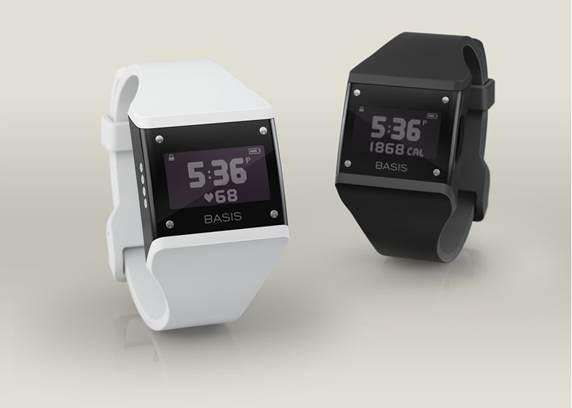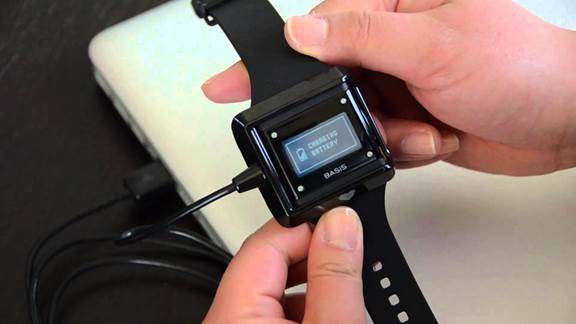When I first got my hands on the Basis B1 Band fitness
watch, I was floored by how much information the activity tracker captures. It
continuously gauged my heart rate, and measured my skin temperature and perspiration
(all helpful in estimating calorie burn). It was able to automatically
distinguish between walking, running, and bicycling - something that’s been my
number one missing feature in fitness trackers. It even kept an eye on me while
I slept. If you’re excited about fitness technology, you should buy a Basis B1
straightaway.
Basis B1 Band
Darktime
The display on the Basis B1 Band is on the dim side and can
be difficult to read during the day. But you can still get a lot of information
from this device.
Better with a band
The B1 Band comes with either black or white bands, but
they’re on the cheap side. Consider paying to upgrade to a sturdier and more
stylish band.
Point beyond the points
Basis’ focus on habits over time makes it one of the most
powerful tools for managing your fitness that you can purchase.

Basis B1 Band
Basis design
The black Basis B1 Band is available with either black or
white straps, which I found popped off occasionally while I was riding my
bicycle; you can purchase a variety of other bands ranging in price from $34.95
to $49.95.
Pressing either of the silver right-side buttons on the face
of the watch scrolls through the collected data: real-time heart rate, total
calories burned for the day, steps taken, and a summary of your most recent
auto-logged activity. Although the B1 does measure perspiration and skin
temperature, you can only see those details in your Web account. The
bottom-left button toggles the display back to showing the time or date. And
the top-left button illuminates the screen, but only barely - it’s really dim
(it looks better at night).

The black Basis B1
Band is available with either black or white straps
A row of four round connection points on the Basis dots the
left edge of the watch, where it attaches to its base station for charging and
syncing. The underside has six raised metal sensors that touch your skin to
collect data, and an optical sensor that takes your pulse by measuring the
volume of blood flowing through your veins. Every so often, you can see it
glowing green. Several wrist-worn activity trackers, such as the Jawbone UP and
the Larklife, don’t include readouts on the device itself, which is part of
what makes the Basis so much more useful.
The Basis is water-resistant, but not waterproof, so you
don’t have to worry about it getting wet if you get caught in the rain, but you
do need to remove it for swimming and other in-water activities.

The watch needed a
solid two hours of charging about every three days
The auto-detection for running, walking, and bicycling
worked well in all but one instance: a short bike ride that Basis mistook for a
run. When I asked about the miscategorization, a Basis spokesperson told me
that the team is continuing to refine the algorithms as they get feedback from
users.